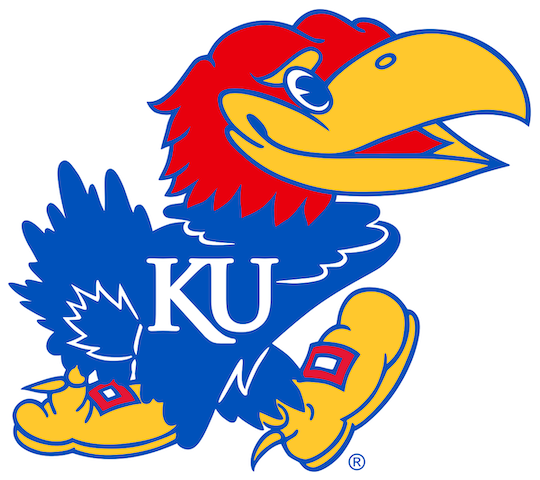📸 Through The Lens | Mudding

Kansas Athletics staff photographer Jeff Jacobsen shares his memories of what he saw “Through the Lens” from his 23-year career with the Jayhawks.
Every baseball team needs someone who is not afraid to get their hands dirty. At KU, that task falls to a student manager who plays in the mud before every home game. Here is why.
Out of the box, a baseball’s shiny white finish is perfect for an autograph but a nightmare for pitchers. Controlling a baseball is almost impossible without that glossy surface being marred. After trying a variety of concoctions, pitchers settled on using mud from their local ballpark. That led to other problems. Rubbing a baseball’s leather with just any kind of dirt softened the leather and left the surface scratched. Most muds darkened the ball, making it harder to see.
It took a little known third base coach with the Philadelphia Athletics to solve the problem. Lena Blackburne is not one usually listed with the legends of the great American game. Even so, Blackburne changed the game of baseball for the better when he discovered a special kind of mud in the late 1930s.
Found only on the New Jersey banks of the Delaware River near Palmyra, “Lena Blackburne Baseball Rubbing Compound” has been used by every major league team, along with most minor league and college teams, since the 1950s. Each year, 1,000 pounds of the mud is screened and cured with a secret recipe before the next season. The mud does just enough to remove the sheen without further issues.
Watching a KU baseball manager rub down five dozen baseballs is mesmerizing, as Seth Holiday did before the Jayhawks hosted Utah in Mesa, Arizona, in February 2015. The mud needs to be wetted just enough to lightly dab on the ball and then swiftly rubbed into the leather using the palms and fingers in a spinning motion. The result is the perfect surface for a pitcher to grip and control.
Eventually, baseball will be played again in ballparks throughout America. Should you find yourself in Hoglund Ballpark and are lucky enough to grab a foul ball, take a look at the ball’s hide. Then tip your cap to the compound that shares in the great history of baseball.

